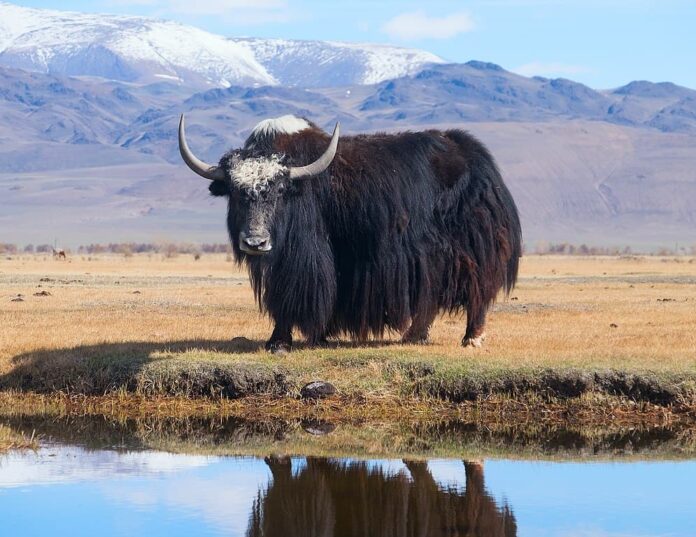Yak has been around the world for millions of years, and it is one interesting bovidae species. There are many things about them that not many of us are aware of. This is why I am here today with some fascinating information and facts about yaks that you should know about. Let’s take a look and find out below together, shall we?
1Appearance
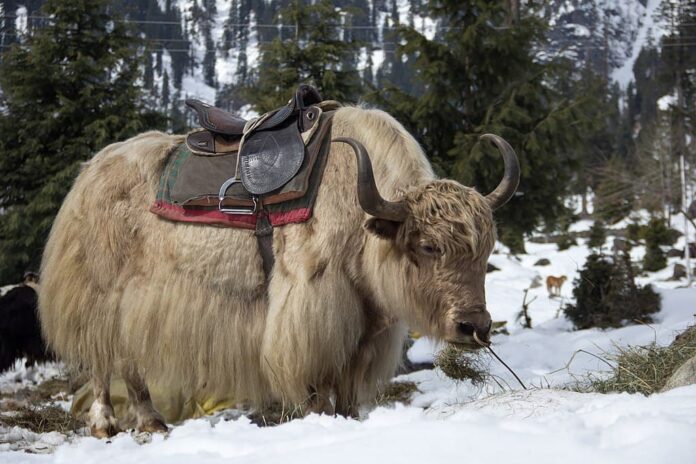
By the look, you can already tell that yaks are massive animals with thick wooly coats. This coat helps to keep them warm in cold temperatures of lower than -40 degrees Fahrenheit. At the same time, it also helps them to swim in almost frozen waters without reducing much of their body temperature. Yaks also have the underlayer coat called down for extra warmth that they shed every year. Their down is not only warm but also silky and soft which is more sustainable than cashmere.
Yaks also have dense handlebar horns that are very useful when it comes to breaking through ice and snow. In winter when food is scarce, their horns help them to forage for plants underneath the snow. These large animals also use their horns to defend themselves as well. Yak herders get to drink yak milk and eat butter and cheese made from the milk, and those are delicious. People also domesticate them because of their strength since they can carry heavy loads of up to 150 pounds.
On top of their strength, yaks also have amazing balance and they never fall down. This is why people use them for a wide range of purposes from riding to packing and more.
2Behavior
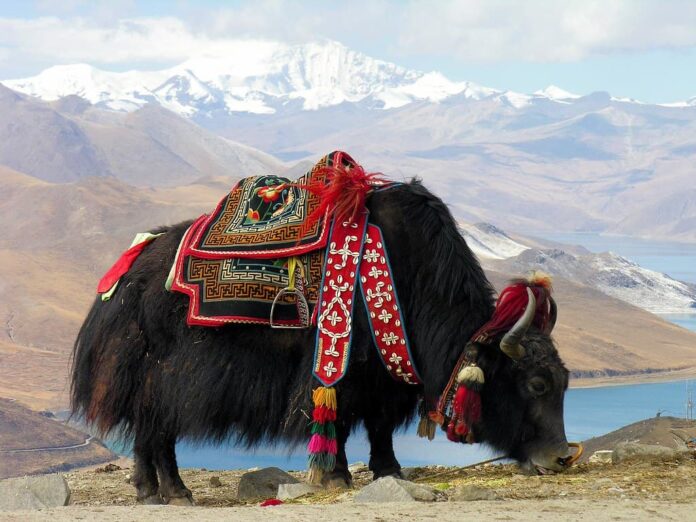
Despite the large size and intimidating look, yaks are very docile and friendly to people. In fact, they are also very intelligent because they learn to come with a call. Plus with their highly developed sense of hearing and sight, they are very easy to get along with. However, you have to know that they are very selective when it comes to milking. Not everyone can milk a female yak without her permission, and they can be aggressive if someone does not respect that. Another thing to remember is that the mother can be extremely protective sometimes so she will charge if feel threatened.
At night and in snowstorms, yaks protect themselves from the cold by huddling up together with their calves in the center. That way, everyone gets to stay warm while the younger members remain safe at the same time. Domesticated yaks and wild yaks do not get along well with each other, and they simply dislike one another. The wild ones may attack if they meet during grazing, and that is not a pleasant scene to watch.
3Feeding & Habitat
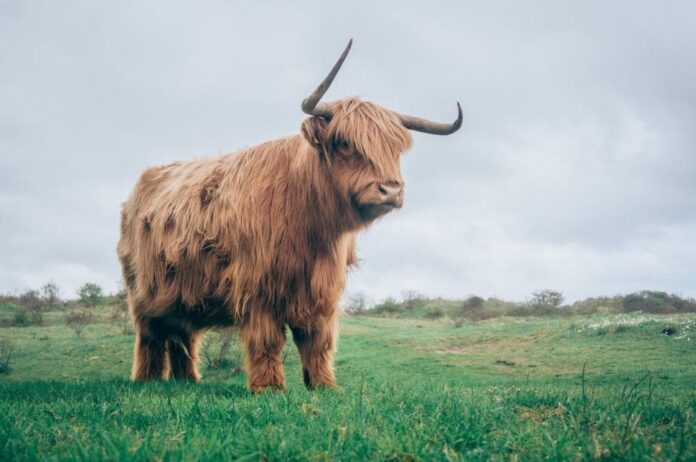
Yaks are herbivores, so they spend most of their time feeding on flowers, grass, lichens, moss, and tubers. In early summer, they feed on lush growing grasses when food is plentiful for them. When winter comes, yaks use their head, horns, hooves, and muzzle to dig snow layers for leaves and stems. Not different from other cows species, they also spend a lot of time re-chewing their food before final swallowing.
As the highest-dwelling animals in the world, yaks live in the Himalayan mountaintops where they roam and graze in herds. Wild yaks inhabit alpine meadows and steppes of Central Asia while domestic yaks are more widely distributed. However, 90% of these large mammals are found in Tibetan Plateau in the Himalayas. A herd of yaks consists of females and their young with numbers ranging from 10 to 100 individuals.
4Predators & Threats
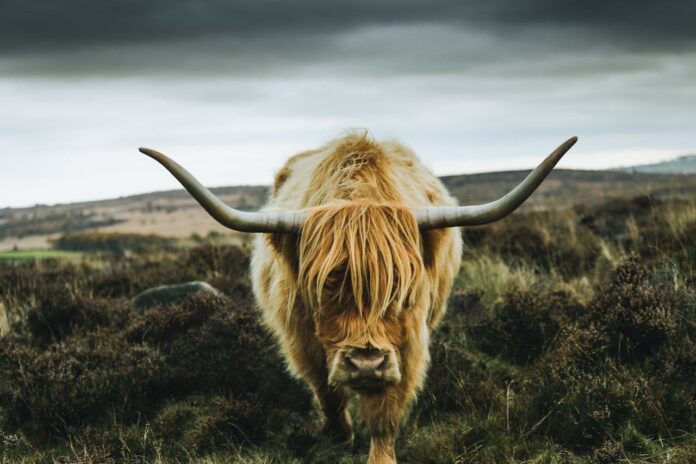
The main natural predators of these large animals are Tibetan wolves, but brown bears and snow leopards also attack them. Usually, these predators aim their ambush on inform wild yaks or the young instead of the adult or mature ones. As for domestic yaks, they seem to lose their power and strength of endurance and protection once living with humans. The good thing is that wild predators don’t really prey on domestic yaks at all.
Habitat loss and overhunting by Mongolian and Tibetan herders are the major harms to their population in the wild. Interbreeding with cows as well as diseases also the cause of their deaths every year. There are less than 10,000 wild yaks at the moment which means they are vulnerable to extinction. As for the domestic yaks, they are thriving with around 15 million individuals in the highlands of Asia alone.
Related Post: Things You Don’t Know About Silverbacks

